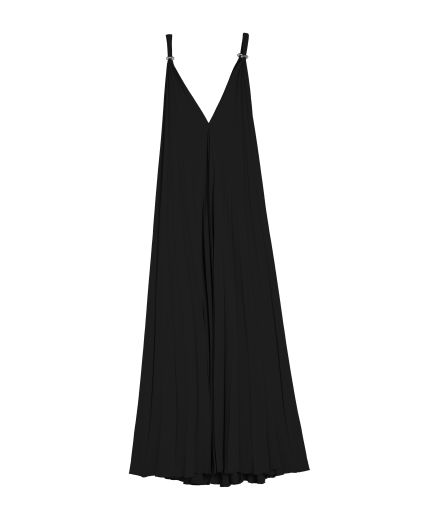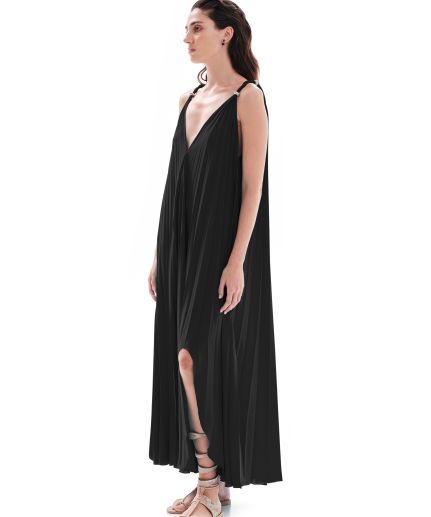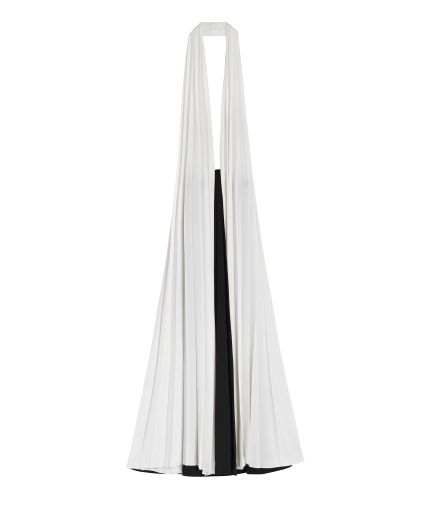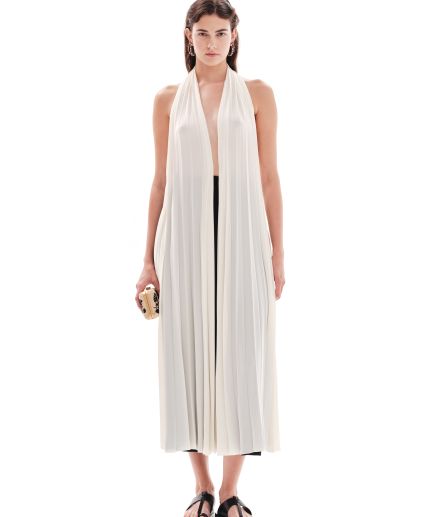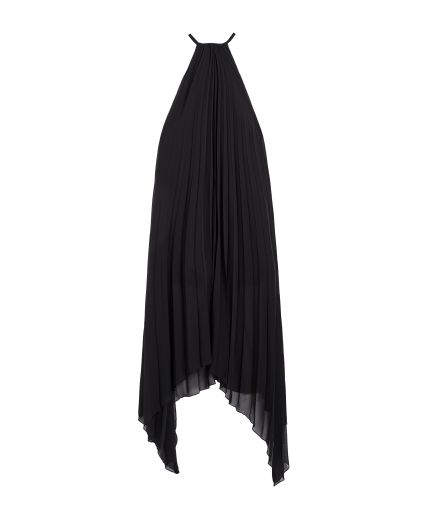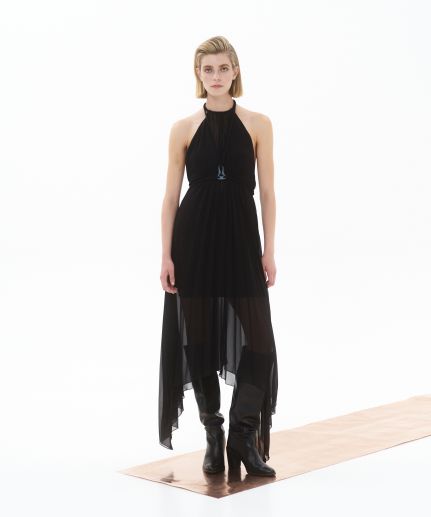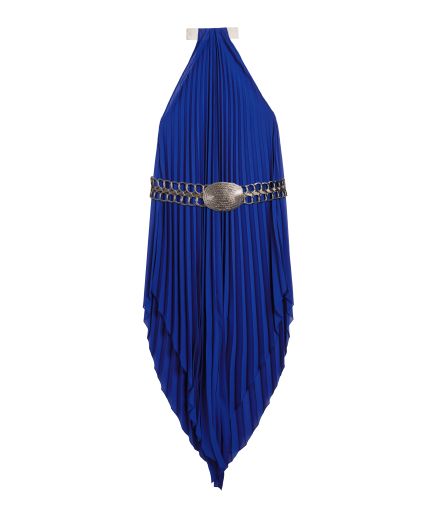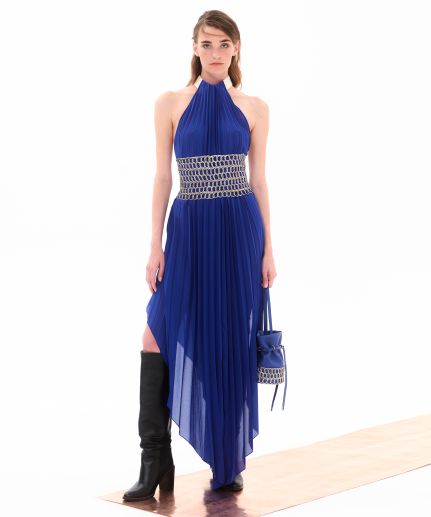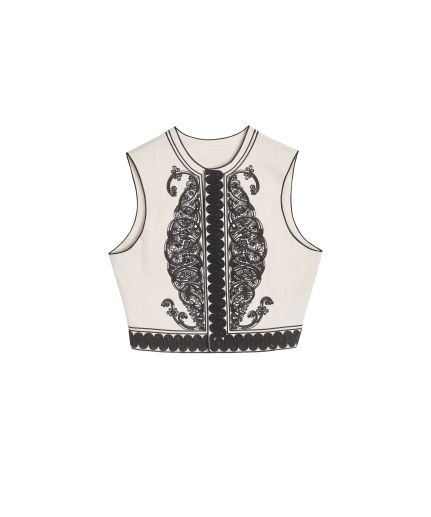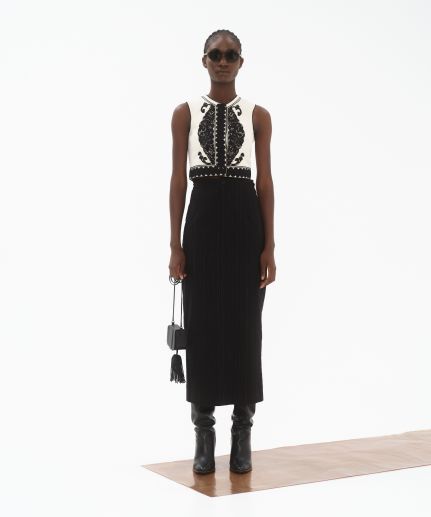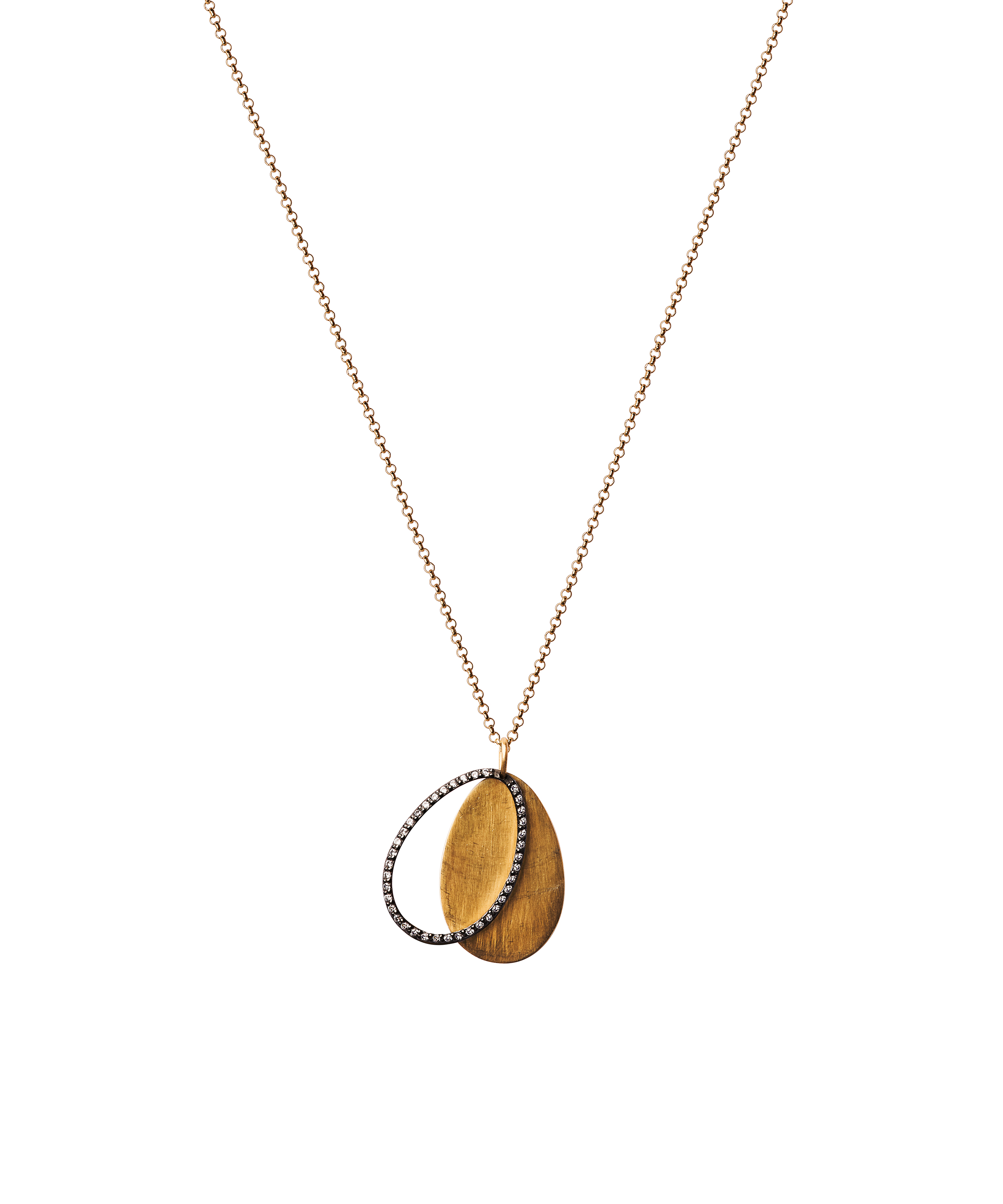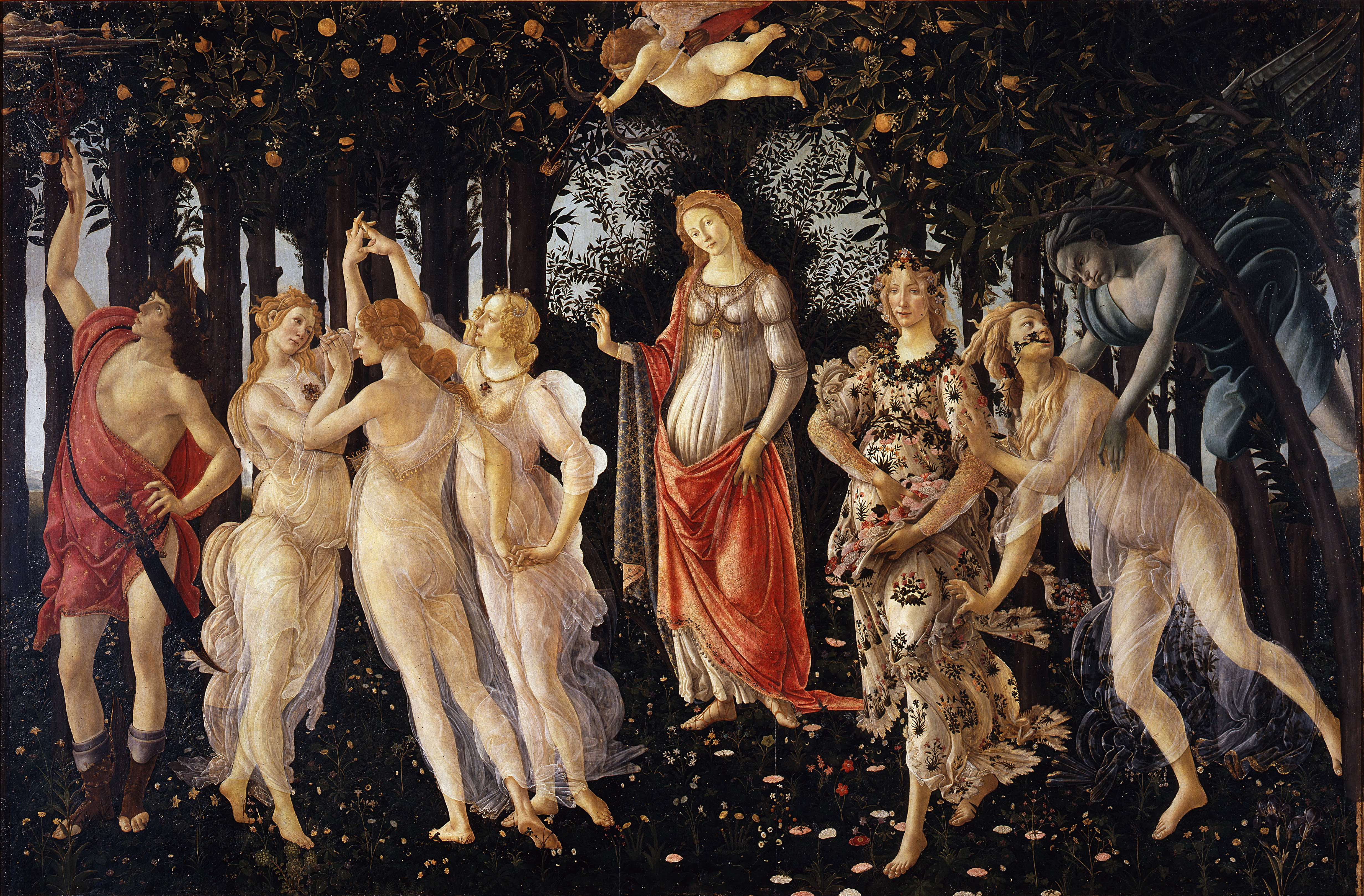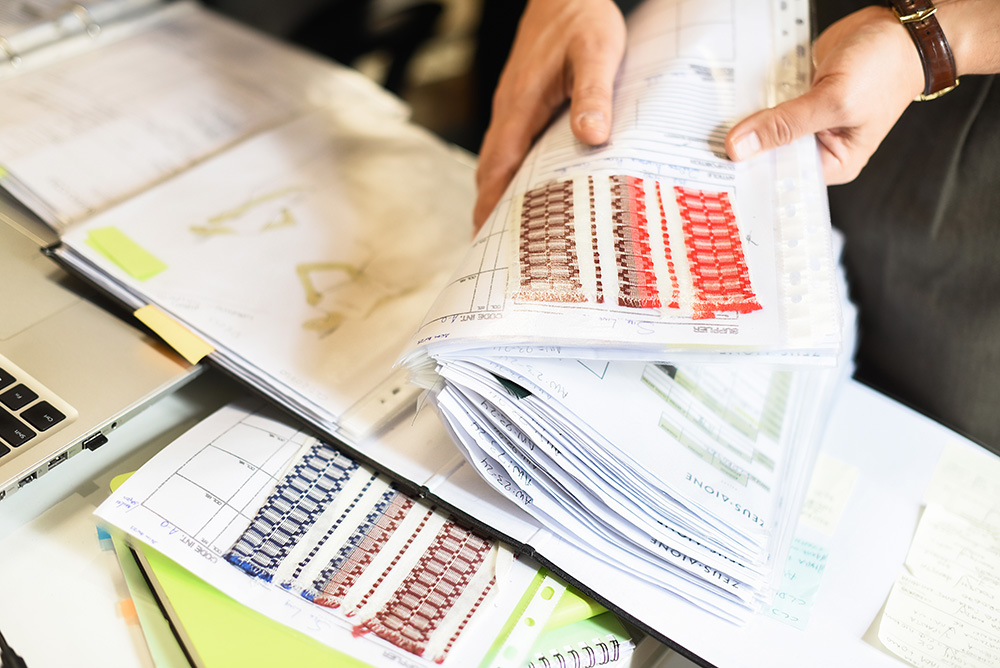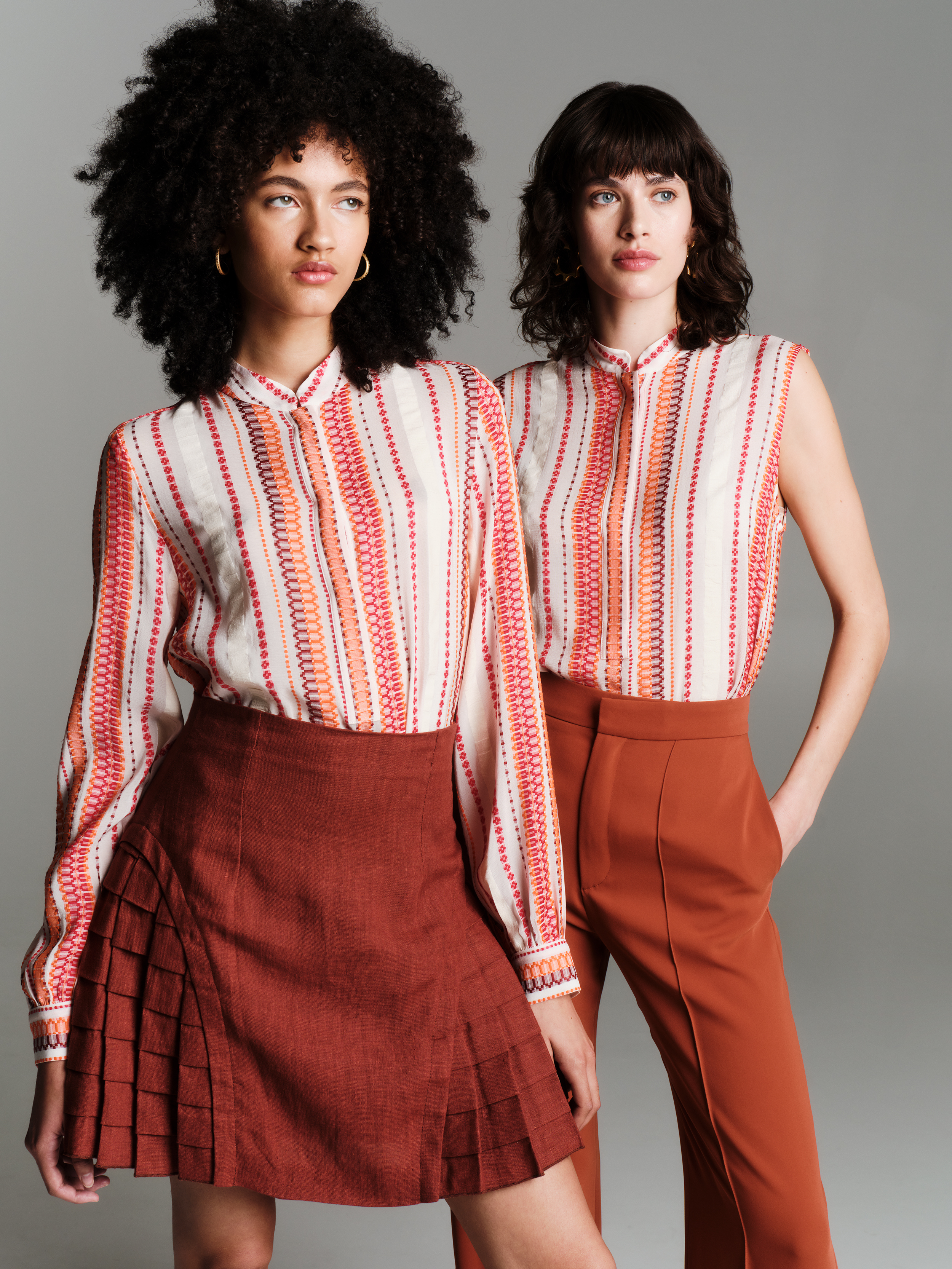Pleats and Embroideries: Reimagining Tradition
At Zeus+Dione, we blend Greek heritage with the pulse of contemporary design, cherishing enduring values and the artistry of traditional craftsmanship. Our ethos is a forward-looking reverence for our roots, creating pieces that are timeless yet deeply anchored in Greek identity. Through a present-day lens, we reimagine and celebrate the classic—pleats and embroideries stand out as signature elements, weaving the essence of historical attire into the fabric of today's designs. Just a day before the March 25th anniversary, we revisit pleats' history from ancient times to the Foustanèlla, and discuss this era's impact with Aristides Tzonevrakis, the mastermind behind Z+Δ's embroideries.
“To the outside world, ancient Greek attire with its pleats, chitons, and peplos, may seem familiar but what Z+D offers is a reimagining of traditional elements into wearable, modern fashion. It is an invitation to wear a piece of history, interpreted for the modern world.”
- Aristides Tzonevrakis.
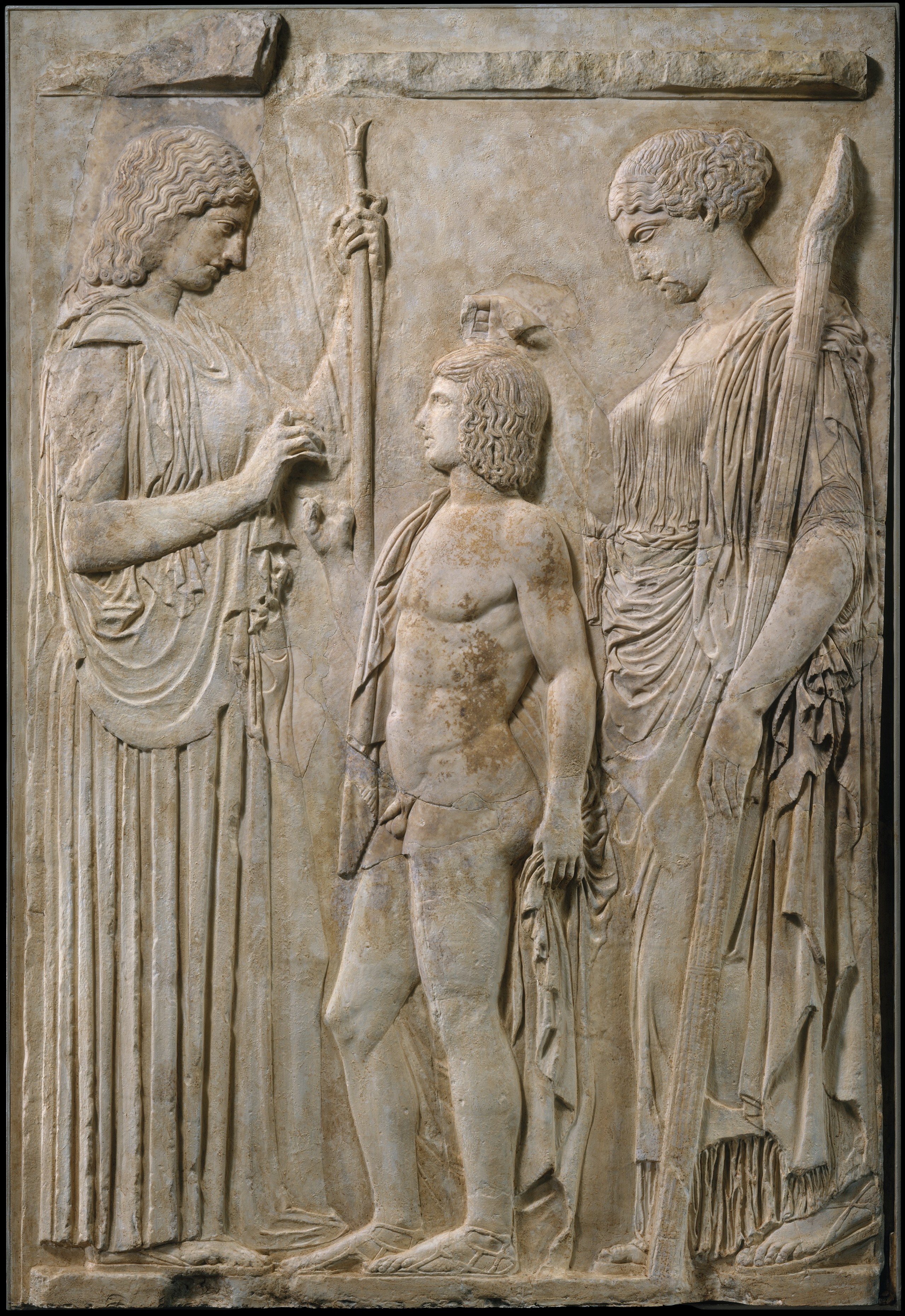
Pleats
Zeus+Δione has become synonymous with folding and pleating, incorporating it extensively into every collection in both womenswear and menswear, particularly in their skirts and dresses. Pleats, celebrated for adding texture, structure, and fluidity are considered foundational in garment construction, as noted by folklorist and costume historian Ioanna Papantoniou who asserts, "pleats are at the base of all clothes." Originating as symbols of power and strength in ancient times, pleats have evolved to hold varied meanings globally. Despite technological advances, the craftsmanship of pleating, requiring a human touch and deep knowledge, remains a testament to the artisan's skill.
The history of pleats reflects cultural shifts, from the elegance of ancient Greek garments like the chitòn, peplos, himation, chlamys, and exomis, to the Foustanèlla, a skirt rich in historical significance. Each of its 400 pleats is said to commemorate a year of Greece's struggle for independence from Ottoman rule, showcasing the pleat's ability to convey endurance and resilience.
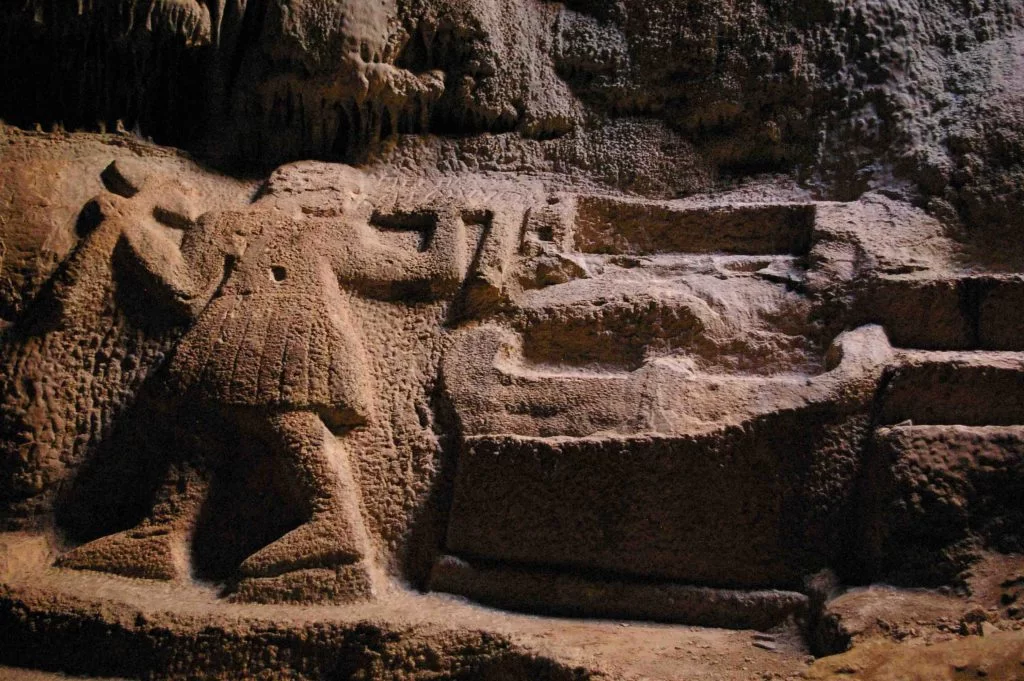
Archedemus the Nympholept
Mrs. Papantoniou explains that the Foustanèlla owes its name to a durable fabric from Fustat, Egypt, hinting at its ancient origins possibly as the male Doric chiton. While definitive evidence of ancient Greek clothing is limited, a 5th-century BC relief discovered by Charles Heald Weller depicts Archedemus the Nympholept wearing a Foustanèlla-like garment. By the 12th century, the pleated skirt became emblematic in Greece, particularly among the Byzantine Akritai warriors. Initially a symbol of military prestige, it was adopted by ‘klephts and armatoloi’ for its suitability in warfare.
After the Ottoman era, the Foustanèlla emerged as a symbol of Greek national identity and democracy. The 19th-century saw its resurgence as Greeks, eager to consolidate their independence, chose the Foustanèlla over Ottoman influences, embracing a garment that celebrated their heritage and democratic aspirations.
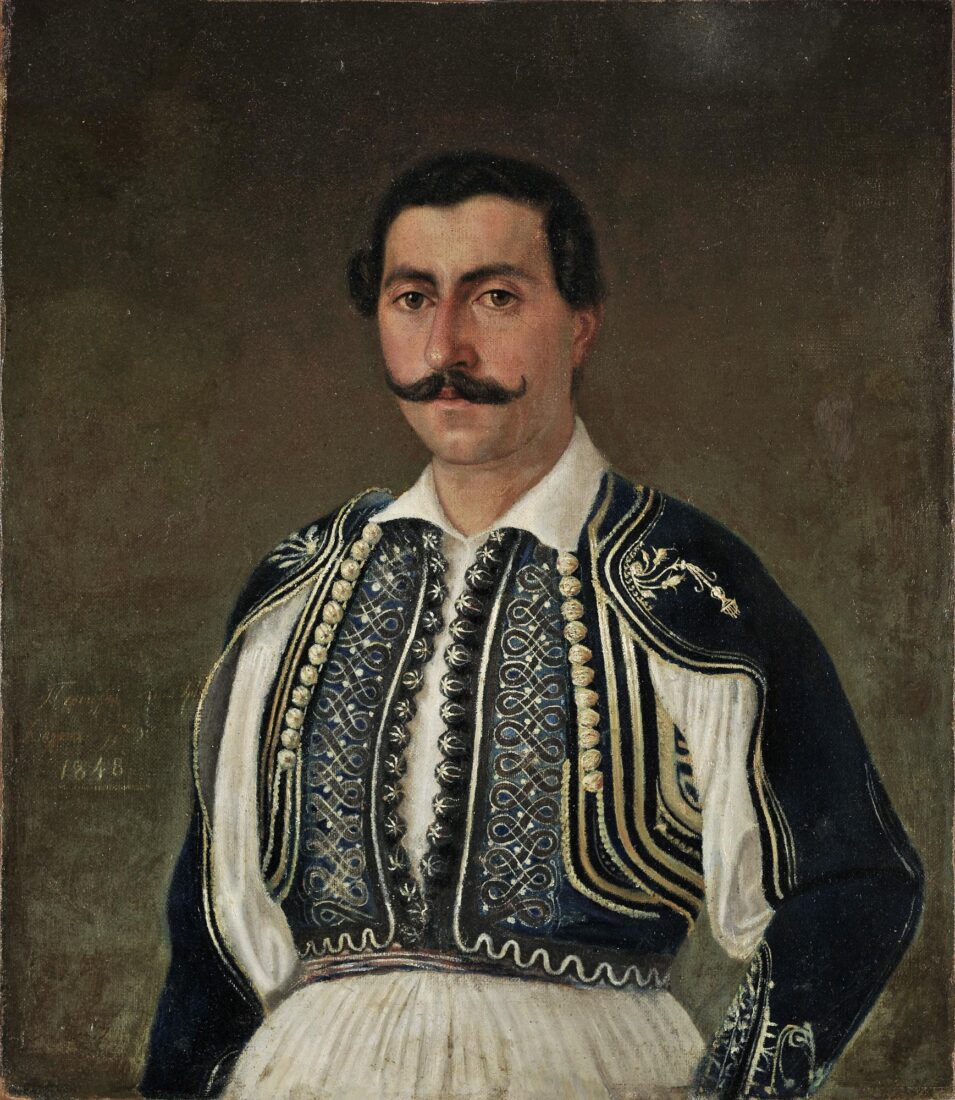
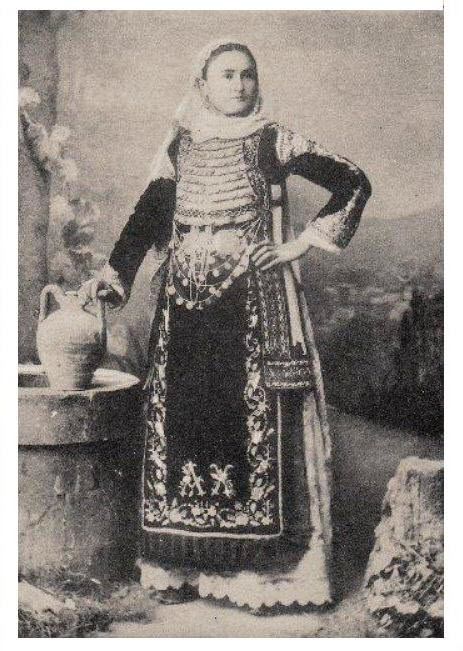
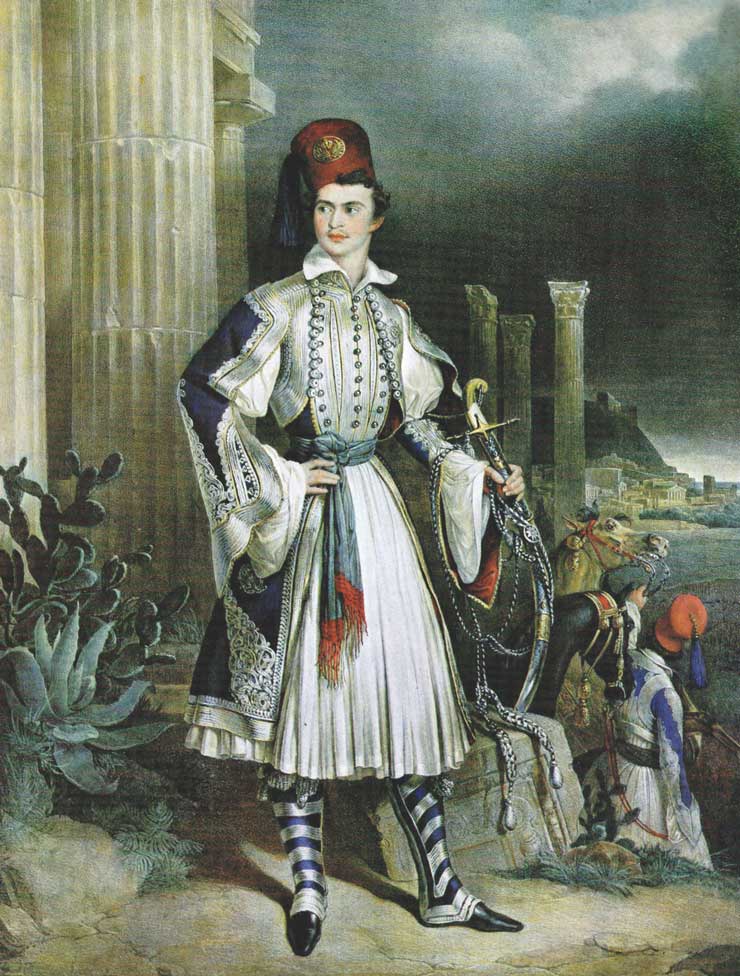
Embroideries
Amid the quiet of the library in the Peloponnesian Folklore Foundation and in his own workshop, Aristides Tzonevrakis studied the intricacies of traditional Greek attire. Guided by his mentor, Konstantinos Gkikas, he refined his skills in crafting and preserving the rich heritage of Greek costumes. With support from Z+D, Aristides quickly expanded his knowledge and began to ingeniously infuse traditional attire with contemporary fashion sensibilities.]
Handmade Embroidery by Aristides Tzonevrakis
Aristides shared, “In each collection, we weave elements of our heritage with a new perspective. Marios Schwab, our Creative Director, leads this innovative blending, expertly utilizing the tools at his disposal. His openness to my insights is incredibly validating. Balancing tradition with modernity poses a challenge; heavily embroidered pieces might seem outdated, but Marios has a gift for casting them in a modern light, ensuring every piece exudes a timeless quality.”
The 'Kymata' vest, a highlight of the Resort '24 collection, showcases this dedication. It features detailed hand-embroideries that replicate the traditional Greek Fermeli design, a vest integral to the Evzone uniform, complete with the Foustanèlla. The creation of the Fermeli, a testament to patience and passion, can take up to seven months to perfect.
Reflecting on Greece's quest for a national costume post-1821 revolution, Aristides noted King Otto's endorsement of this iconic style for official events. He remarked, "The Fermeli, a symbol of high-ranking military attire during the Otto era and distinct among Balkan styles, was particularly prominent in Southern Greece, especially in the traditional women's costumes of Megara."
